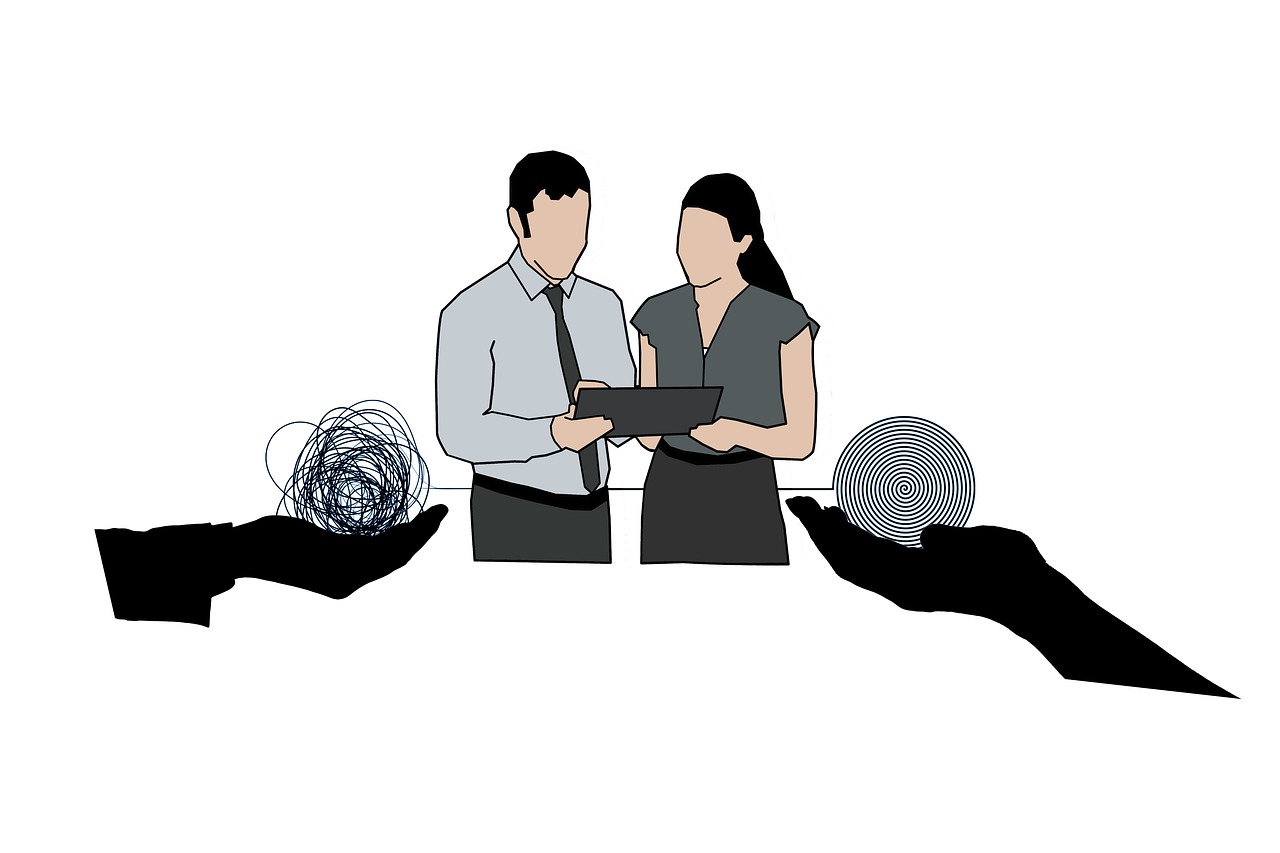1 Become a creative listener
Like counselling coaching requires listening skills/. Many people think they are listening when they are not. A creative listener requires you to focus on your client and to listen carefully to their words and the tonality of what they are saying. You will start to pick the underlying issues. Use body language some eye contact and the like to develop rapport from the outset.
2 Focus initially on the clients needs
It is no good using fixed coaching techniques until you have a through understanding of what the client is looking for. One example would be to start suggesting that they need a work life balance. They might already have that and it is not working for them.
3 Ask in-depth Questions around their needs
This can be done verbally or on paper but always refer to the same questions between conversation and his written answers. By asking questions you gain a better insight into their needs but it also gives the client a chance to examine their motives more precisely.
4 Give homework
There must be some sort of relevant activity between sessions. This gives the client ownership over the coaching and prepares them for the next session. It also gives the coach a chance to monitor their progress as the sessions continue.
5 Offer a fixed set of sessions
This should be agreed before you start. It helps to consolidate the support and gives the coach an opportunity to evaluate progress. It also gives the client clarity when budgeting the cost before they start.
6 Do not rely on online sessions alone
On line sessions are ok but the physical presence of the client is much better. The commitment of a client who has travelled to see the coach is much greater and progress will be quicker.
7 Apply the principles of Transactional Analysis when selecting a venue.
The best approach to coaching is that of an adult / adult relationship. This is of specific importance in relation to the venue. If you do your work on line the client is in total control. They can cut off at a moments notice because the phone or doorbell rings. Avoid seeing clients in their place of work as they are under the control of their employer who can demand their attention during the session. It is much better for the client to come to you. Conversely do not use your own home to see clients as that gives you the coach to much control. This could alienate the client and even intimidate them. Find a neutral venue to meet.
8 Make the sessions a contact free zone
Make sure all mobiles are switched off and there is no chance of disturbance from anyone or from any electronic device. You might want to use the computer for mutual benefit during the session but this is purely for enhancing the session not for looking things up. Computers can damage the session.

9 Be specific in what you offer
You will never attract clients if you are to vague . Focus on a specific area of work and promote yourself in that area alone. If you have a range of skills pertaining to different types of clients do not advertise them all. You can use them whilst working with the client but do not sell yourself as “a jack of all trades ”
10 Make the client feel relaxed
It is good to challenge the client but you must make them feel comfortable as confrontation is not usually a solution. Also ensure the venue is comfortable and warm. Provide beverages and preferably nearby facilities. Barriers are built up if they have to descend four floors to visit the bathroom or it becomes very difficult to enter the premises . All seating should be comfortable but avoid very cosy settees and too higher temperature as this will induce the client to feel sleepy.

